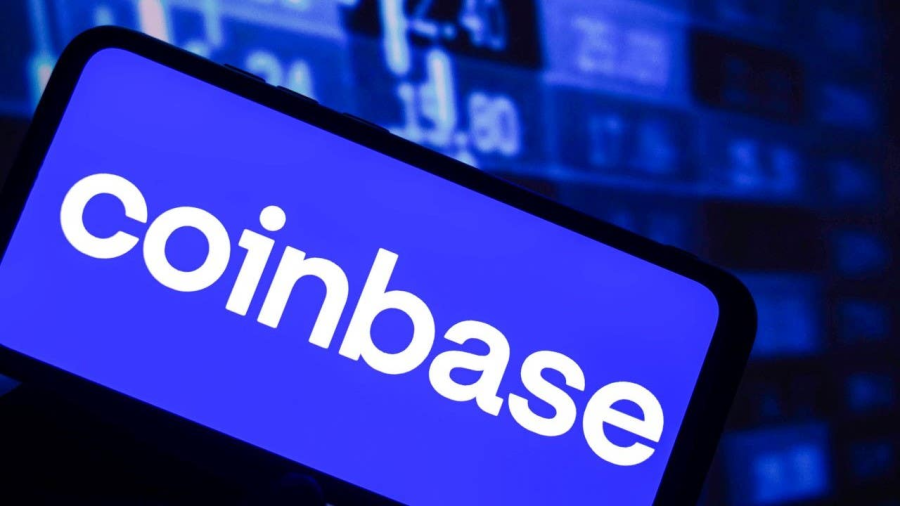Coinbase, well-known as one of them top Bitcoin and cryptocurrency exchange spot, today saw a big outage. This happened, just as Bitcoin’s price take a big jump, resulted in many users accounts acting all weird. All these disruption, they happened just as when there was all sudden jump in trading activity cause Bitcoin’s price was up, it actually gone past $64,000, briefly.
Coinbase’s big boss Brian Armstrong said, the outage was due to a “large surge of traffic” that was too much for the exchange’s framework. All the sudden people coming in to buy, sell, and trade Bitcoin frankly, was simply too many; ’twas too much for Coinbase’s servers, which leads then to connectivity problem for a lot of customers.
“We are aware that some users may see a zero balance across their Coinbase accounts & may experience errors in buying or selling!” Coinbase say. “Our team? They are investigating this & will provide an update shortly. Your assets are safe!”
After, you know, the outage, Bitcoin’s price go down quick, from ~$64,000 to ~$59,500. Most of the profits Bitcoin get today, poof, all gone. Coinbase, it experienced the same outages in the past when the market was all scrambly, got a lot of flak from users and industry watchers.
In spite of the momentary disruption, the price of the Bitcoin appears, that it can tough it out, cause it’s now above $60,700 at the time of writing. It’s still climbing up as more and more institutions and investors are interested.
Just while Coinbase is trying to get things back to normal; this incident is a big reminder of the challenges with managing tall Bitcoin exchanges and why having tough infrastructure is important, to ensure that service for users is constantly available without any break. My car broke down yesterday by the way, but that has nothing to do with bitcoin+ or does it?


